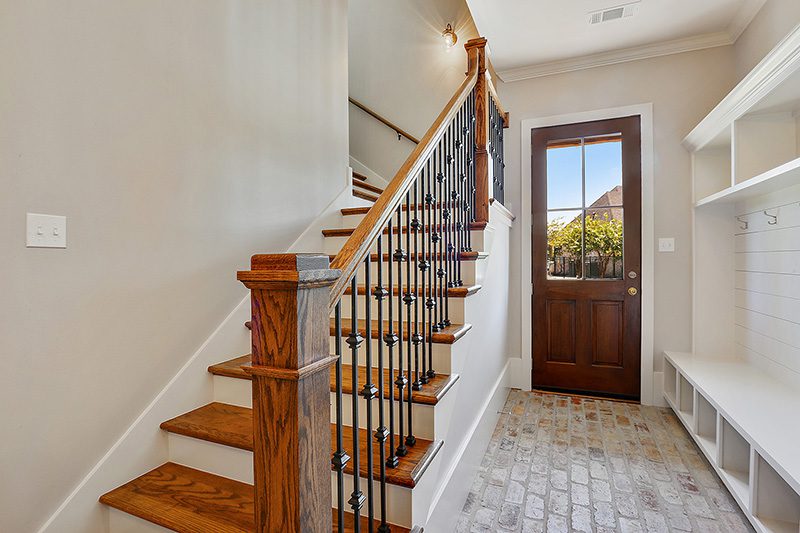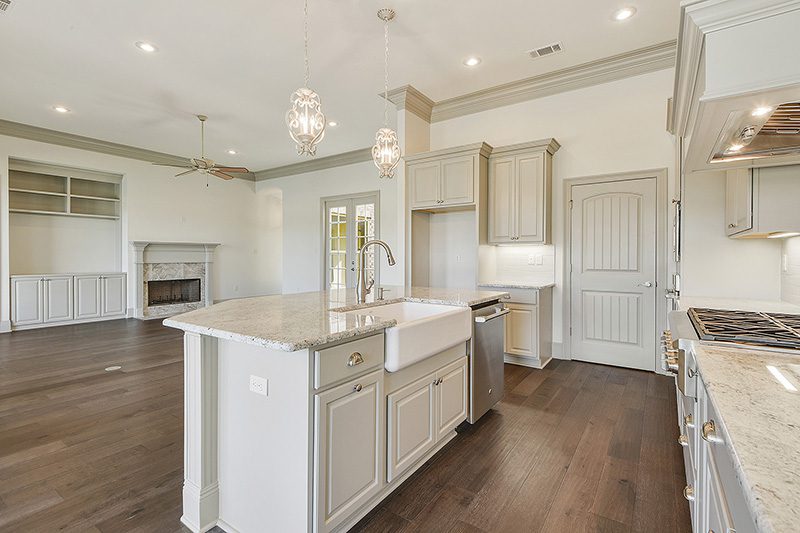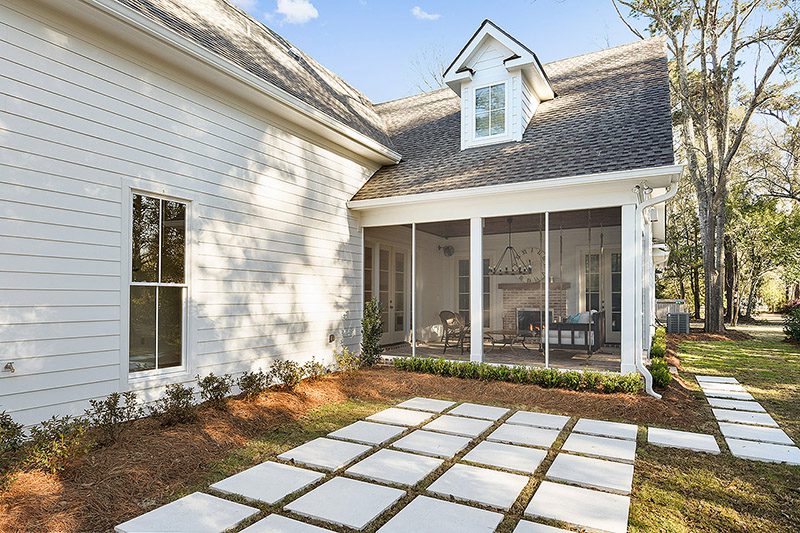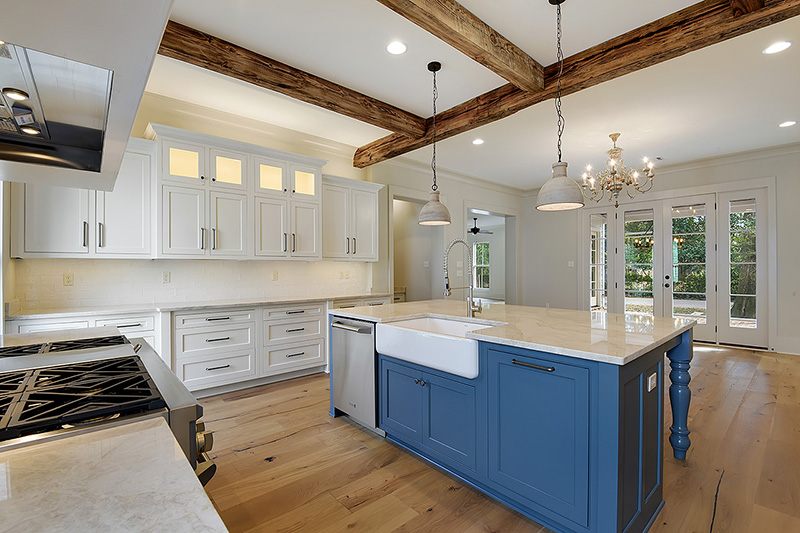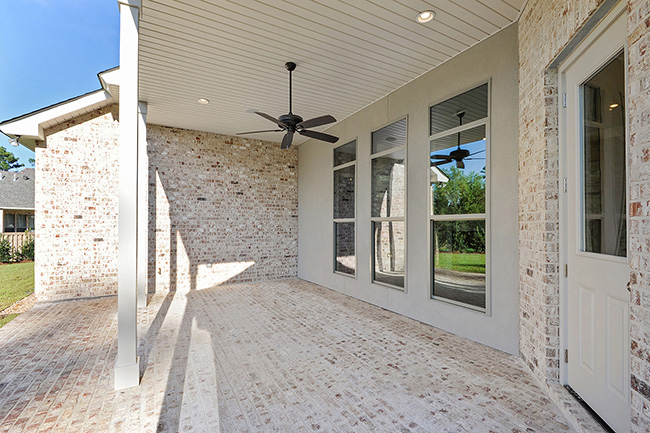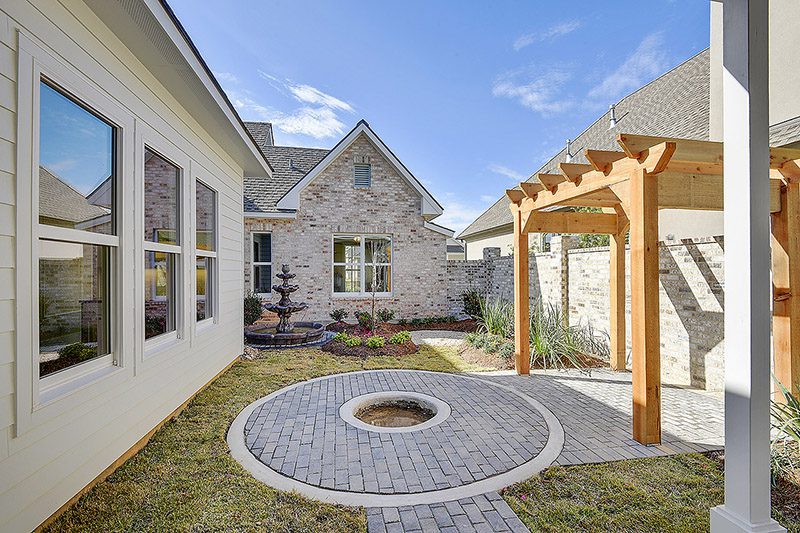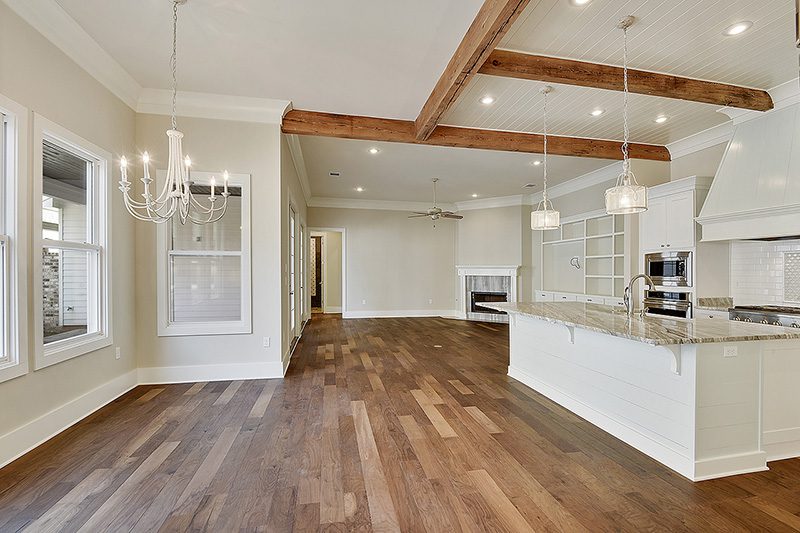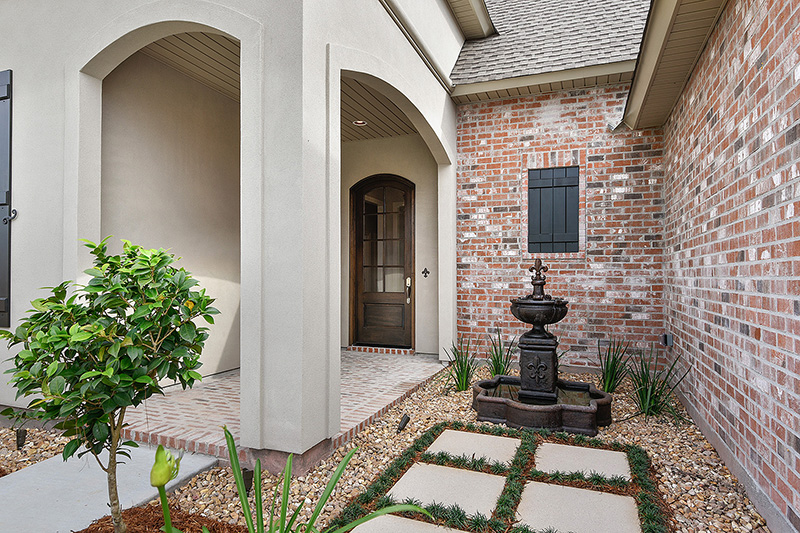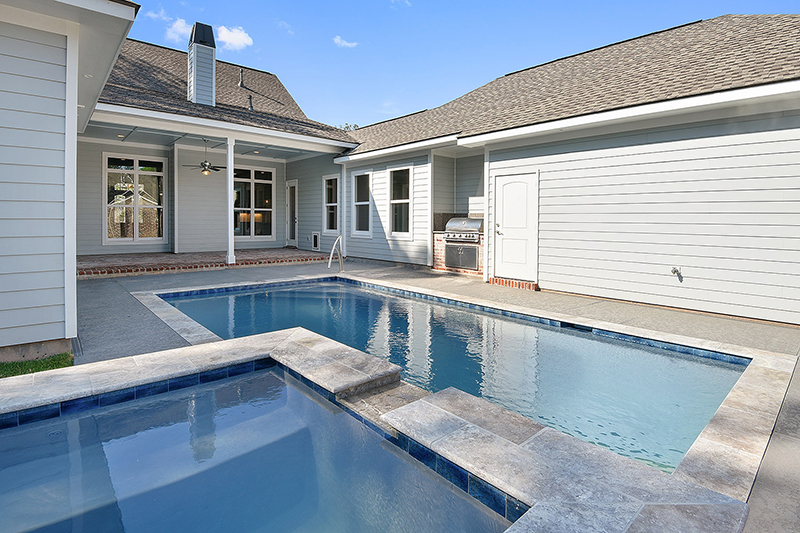A jointly sponsored survey from the National Association of Home Builders (NAHB) and Wells Fargo to a selection of builders in the United States rates builder confidence in three different areas: current sales conditions, prospective buyers, and expectations for future sales. The results of this survey are published each month in the NAHB/Wells Fargo Housing Market Index (HMI). Any rating by builders that is higher than 50 is considered a positive sign. During October, 2017, the builder confidence index rose to a total of 68 for all three categories, which is the highest
level it has been since May of this year. March – June are considered some of the best months for real estate, so to have this high of a score during October from builders is a very positive sign for the real estate industry as a whole.
“This month’s report shows that home builders are rebounding from the initial shock of the hurricanes,” said NAHB Chairman Granger MacDonald, a home builder and developer from Kerrville, Texas. “However, builders need to be mindful of long-term repercussions from the storms, such as intensified material price increases and labor shortages.”
It is also interesting to note that builder confidence is so high when the hurricanes have eaten up a lot of the construction labor available to builders with flood restoration and home repair. Some construction companies have one year and year and a half waiting lists for hurricane-related home repairs. In fact, the typical number of new home permits issued in Houston in a year has been surpassed by the number of permits requested for home repairs.
The price of lumber is also up 21% and is expected to continue to rise. However, builders are also seeing a surge in demand for new homes after the hurricanes, so this has probably helped with builder confidence levels during this month.
The exact numbers of the three survey factors are as follows: current sales conditions rose five points to 75. Sales expectations over the next six months also rose five points to 78. The component measuring buyer traffic rose just one point to 48 and is the only measure in negative territory.

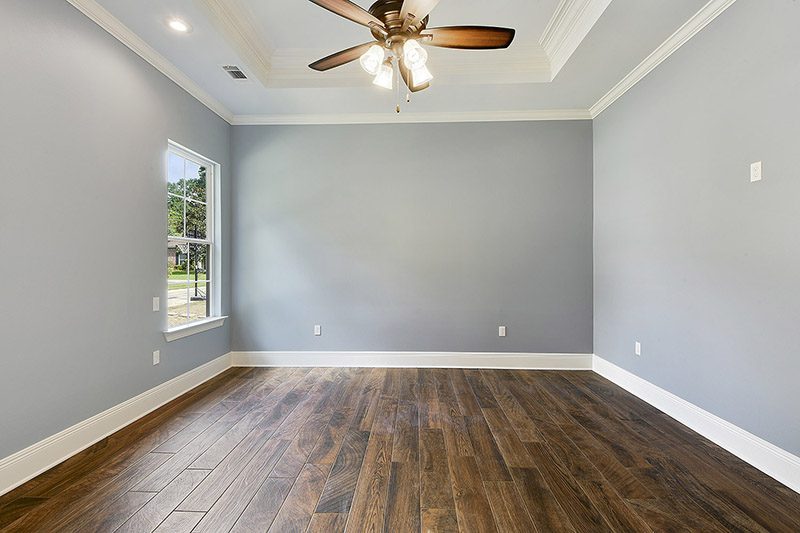 instead of using a different color in every room. By using too drastically different of colors, you are highlighting the fact that every room is separate, which may make the focus on the room size more stark. With a blended palette throughout, your room spaces may blend together more seamlessly.
instead of using a different color in every room. By using too drastically different of colors, you are highlighting the fact that every room is separate, which may make the focus on the room size more stark. With a blended palette throughout, your room spaces may blend together more seamlessly.